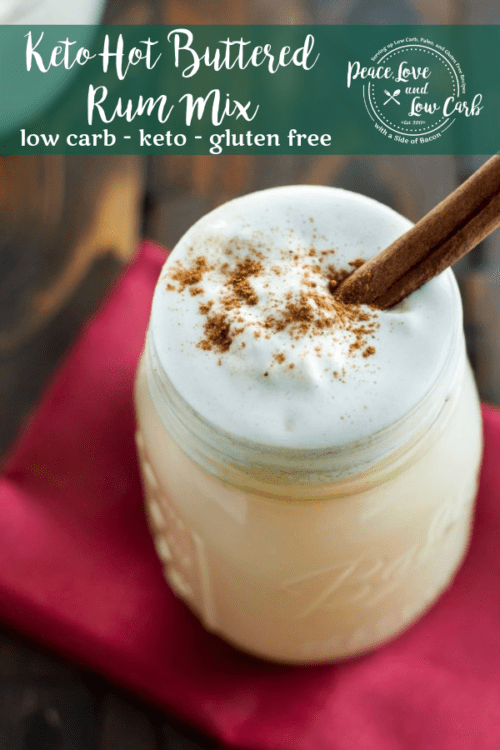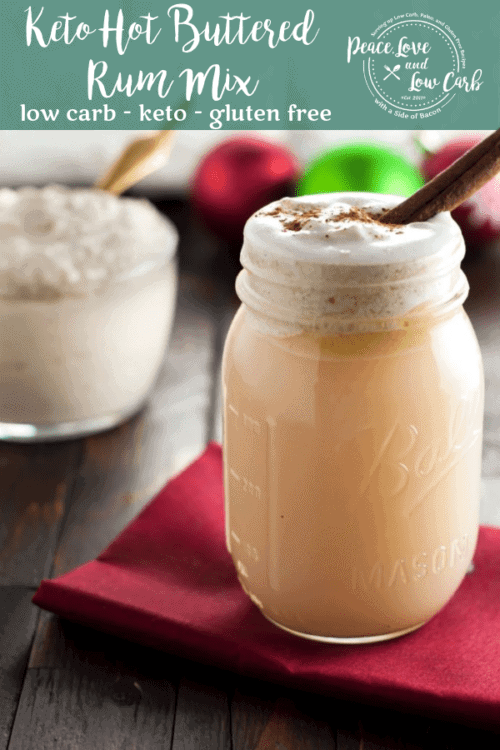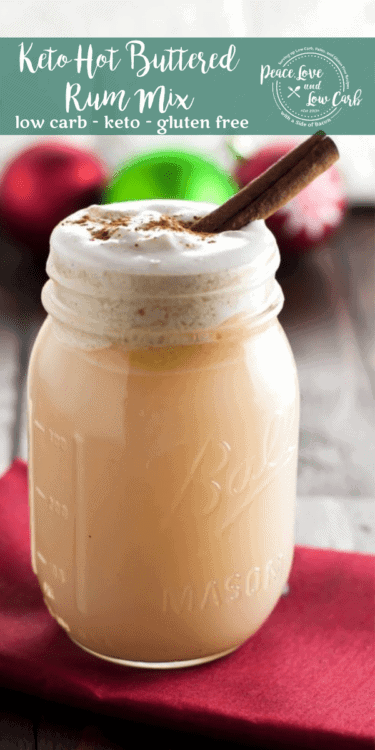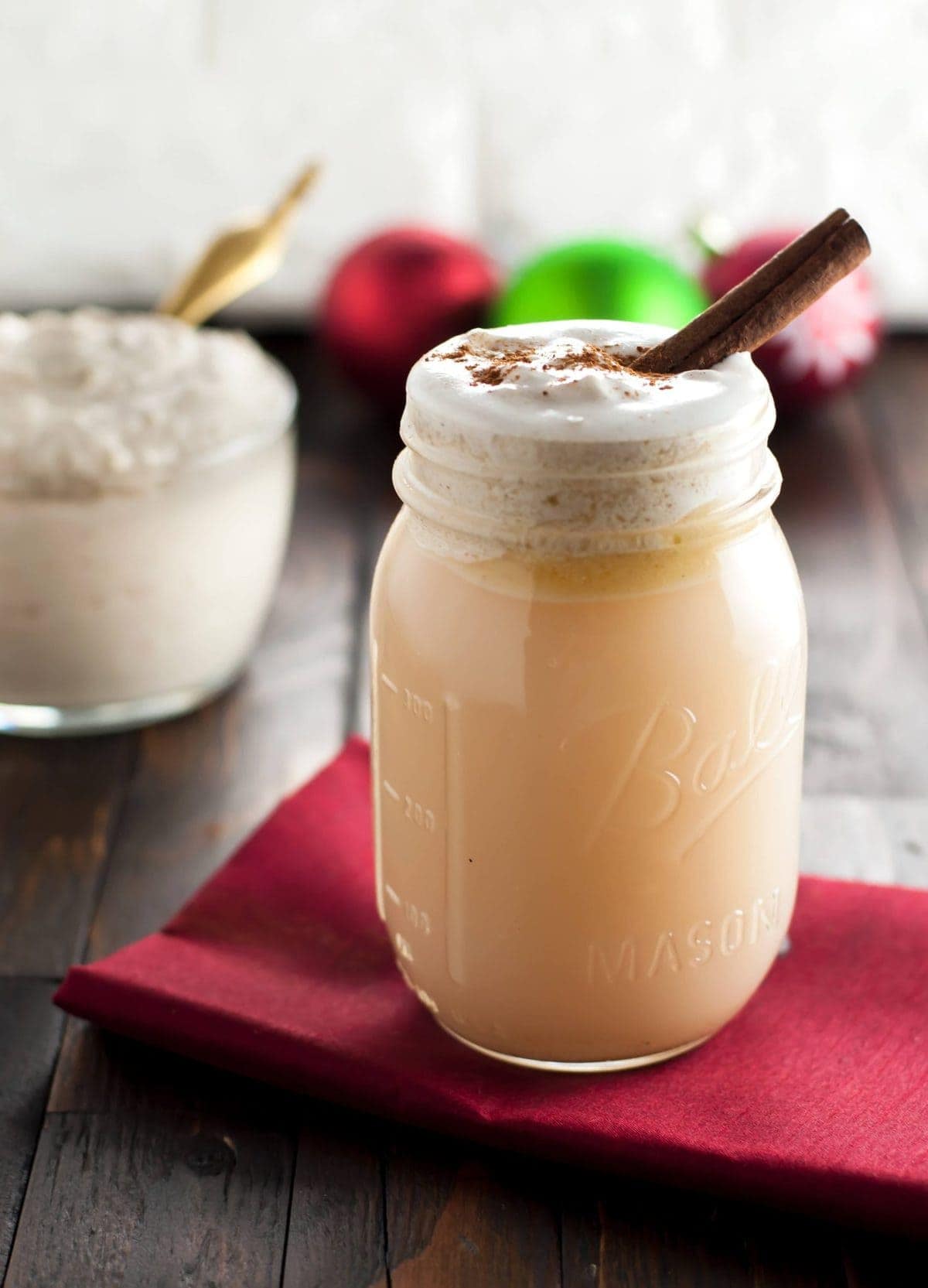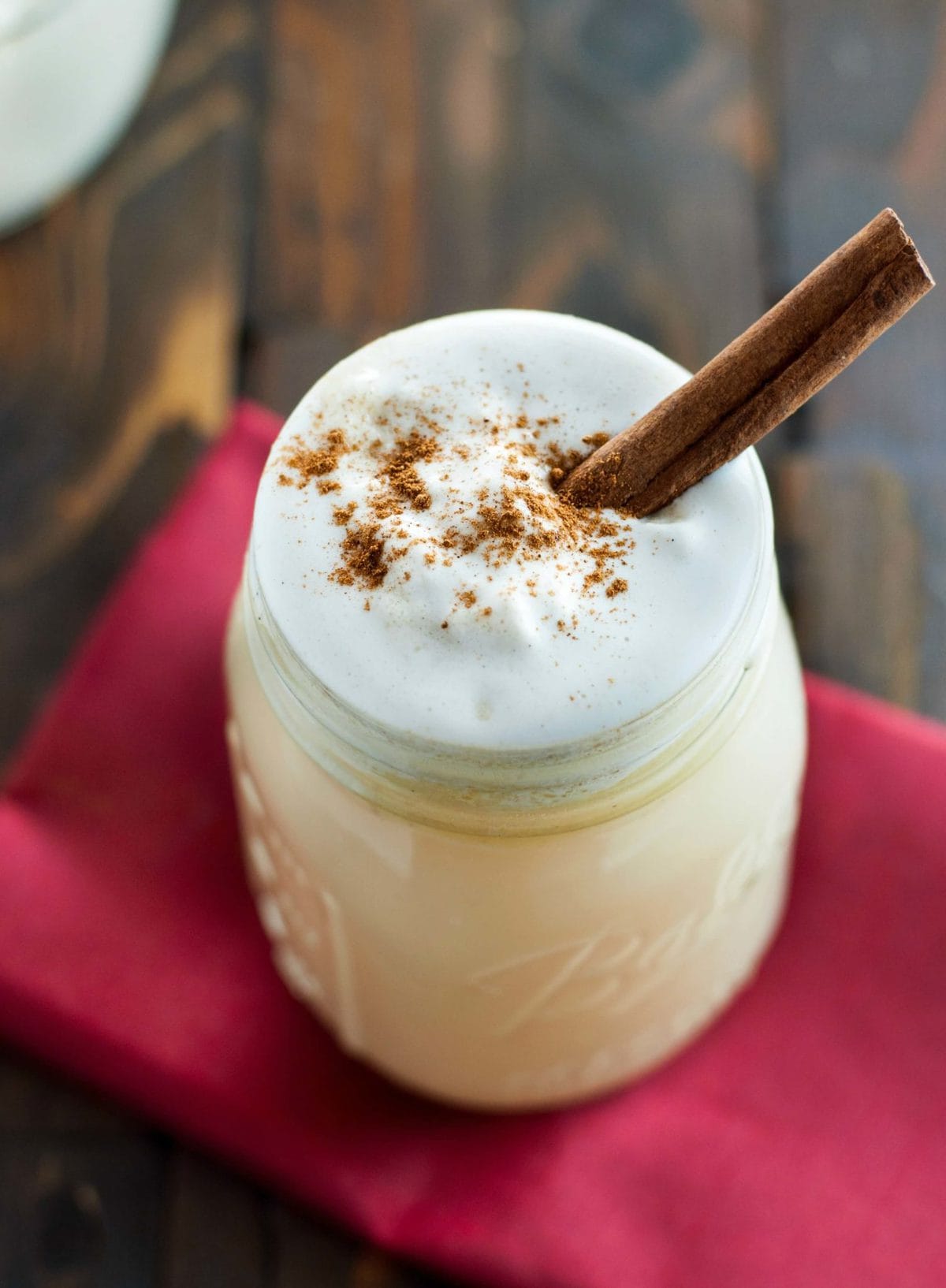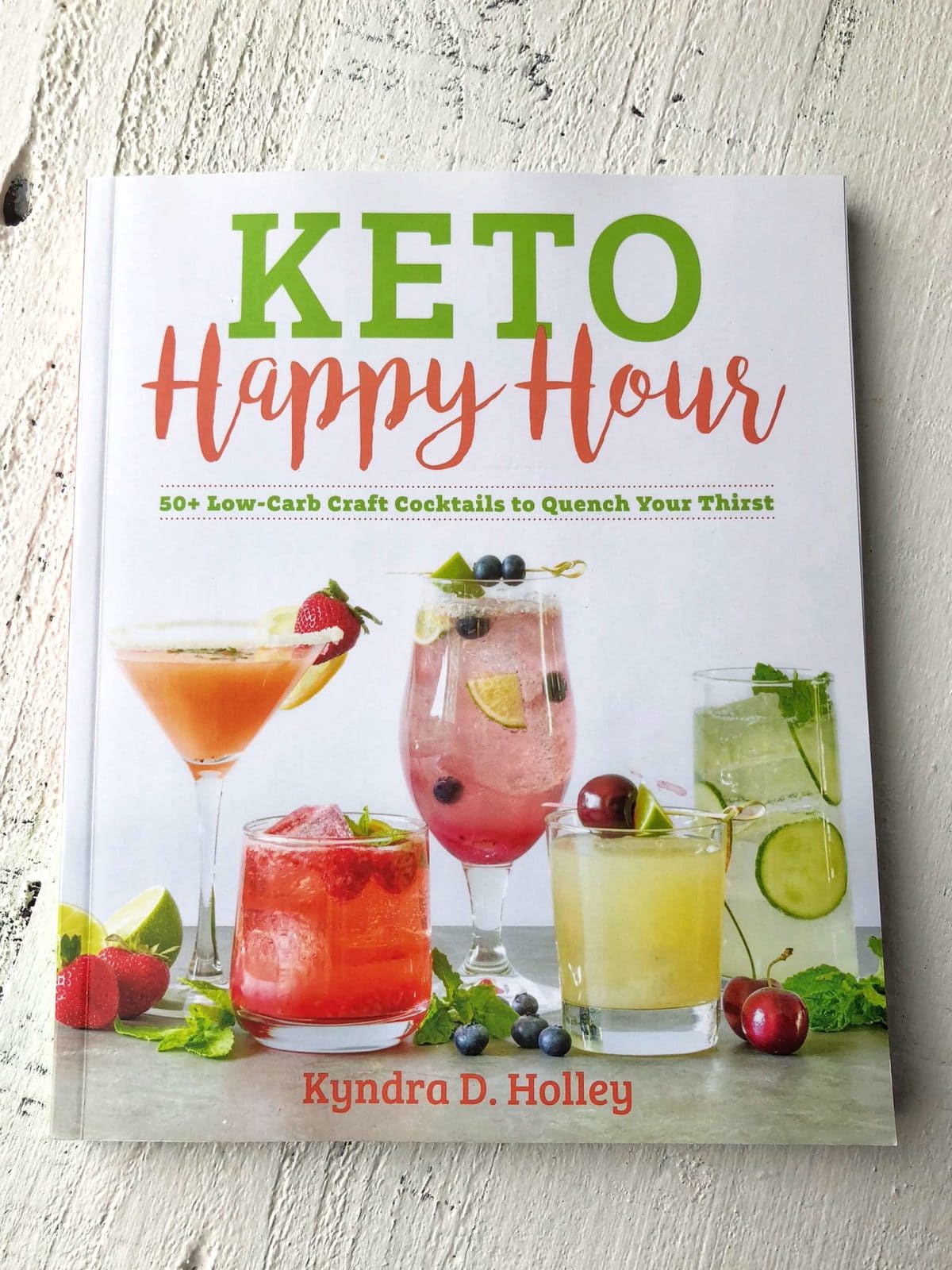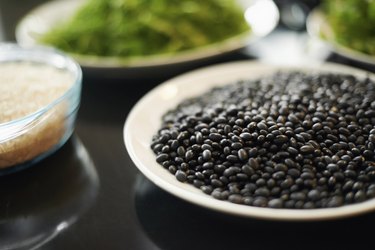Skim Milk Low Carb Diet
Carbs In Milk: Is Milk Low-Carb Friendly?
minute read | Last update: Dec 10th , 2021
This article is backed by studies and reviewed by a certified dietician.

Share with a friend who needs to see this
With the limited number of low-carb food and beverage options, you are always scouting for items that fit your low-carb diet. Milk is fulfilling and nutritious, but what about the carbs in milk.
Perhaps, you are on keto and are wondering is milk keto-friendly.
Yes, milk is keto-friendly, given you opt for the low-carb versions. One cup (244 ml) of cow's milk contains 12 g of net carbs, making it a bad option for low-carb diets. However, if you choose soy milk, it has only 3 g of net carbs per cup (240 ml), making it the perfect fit. Besides, it is rich in protein.
Believe it or not, even half-and-half is keto-friendly, but goat's milk is not.
Well, there are multiple such types of milk that you have to avoid to maintain a low-carb diet like keto. The good news is we have listed down all the amazing low-carb-friendly milk options for you.
Check out the carbohydrates in milk of different kinds and pick the suitable ones for your diet!
Is Milk Low-Carb Friendly? Net Carbs in Milk
What milk is keto or low-carb friendly? Essentially, you must consume only 20-50 g of carbs while on a low-carb or keto diet. So, keto milk is what fits this range while leaving enough carb count (at least 30-35 g) for other food items.
While this figure might make you think of including multiple high-carb options in your diet, know that you cannot. Adding merely 1 item of over 10 g carbs will reduce your carbohydrates quota of the day.
For example, if you choose to consume a glass of cow's milk for breakfast, you will have to stick to the low-carb foods only. Besides, you need to ensure you consume about 30% of protein and 60% of fat in your diet.
To find out if you can consume milk on the keto diet, you must know how many carbs are in whole milk. Check out this breakdown of the nutrient content in whole milk (240 ml):
- Fat: 93 g
- Fiber: 0 g
- Total carbs: 03 g
- **Net carbs:**03 g
- **Protein:**86 g
Low-Carb Friendly Milk Options
The good news for all of you looking for low-carb milk options is that there are plenty of milk options for you. Irrespective of what you choose, make sure to skim thoroughly (pun intended) through the milk pack label.
Macadamia Nut Milk
Though it is more expensive than other alternatives, Macadamia Nut Milk has the lowest carb content.
240 ml milk – 1.01 g total carbs, 0.96 g fiber, 0.5 g net carbs.
Hemp Milk
Hemp is rich in essential amino acids and fatty acids like omega-3 and omega-6 while also being a low-carb milk option.
252 ml milk – 1.3 g total carbs, 0.6 g fiber, 0.7 g net carbs.
Almond Milk
It is easily available and widely used due to being one of the most inexpensive milk options in the market.
240 ml milk – 2 g total carbs, 1 g fiber, 1 g net carbs.
Flax Milk
Made with flax seeds, this is one of the best keto diet milk types with minimal carbs and high omega-3 fats that are anti-inflammatory.
240 ml milk – 2 g total carbs, 0 g fiber, 2 g net carbs.
Cashew Milk
Unsweetened cashew milk is not only low in carbs but also an excellent source of healthy fats and protein.
240 ml milk – 2 g total carbs, 0 g fiber, 2 g net carbs.
Pea Milk
It may not be on your dream diet list, but pea milk is actually low in carbs.
240 ml milk – 2 g total carbs, g fiber, 2 g net carbs.
Soy Milk
One of the most common milk alternatives, soy milk, is low in carbs and rich in protein. A win-win situation here!
240 ml milk – 4 g total carbs, 1 g fiber, 3 g net carbs.
Coconut Milk
Though coconut milk is a suitable keto beverage, different brands may offer 2-5 g of net carbs in milk. Therefore, it is best to check the label twice before choosing this alternative.
240 ml milk – 2-5 g total carbs, 0 g fiber, 2-5 g net carbs.
Half-and-Half
The combination of heavy cream and cow's milk might certainly seem carb-rich, but that's not completely true. Much to your surprise, its carb content is less than the carbs in whole milk.
240 ml milk – 8 g total carbs, 0 g fiber, 8 g net carbs.
Heavy Cream
While wondering about whole milk carbs, did you get to thinking of heavy cream's carb content? This is separated from whole milk for making butter and cream and is rich in fat.
240 ml milk – 8 g total carbs, 0 g fiber, 8 g net carbs.
Note: Each of the milk keto diet options mentioned above is low-carb only when consumed in unsweetened forms.
Milk Types to Avoid on Low-Carb or Keto Diet
Wasn't the long list of low-carb milk types amazing? You surely have added many of them to your diet plan right now.
With the superb go-to list of milk and keto comes a section of milk to avoid and maintain your low-carb diet.
- Goat's milk – 11g net carbs
- Cow's milk – 12 g net carbs
- Oat Milk – 17 g net carbs
- Rice Milk – 21 g net carbs
- Condensed milk – 165 g net carbs (you might as well forget this exists!)
Note: Apart from this list, you must avoid all types of sweetened milk. If you are confused about cow's milk without fat or is skim milk keto, the answer is no. Skim milk still has 12-12.5 g of carbohydrates, making it unfit for keto.
Benefits of Consuming Milk on Keto
So far, you have a good idea of how many carbs are in milk and the best milk for the keto diet. But should you drink milk on the keto diet?
It's a big YES, and there is more than one solid reason for that!
Rich in Protein
Most types of milk, even the plant-based ones mentioned above, are rich in protein. These beverages aid your keto nutrient ratio of 10-30-60% of carbs-protein-fat and promote overall health, including stronger bones and teeth.
Increased Vitamins and Minerals Intake
Milk is known for its nutrient-rich content due to calcium, potassium, phosphorus, and vitamins D, B2, and B12. So, if you're still wondering, 'can I have milk on keto,' go ahead and grab a low-carb one. It will keep vitamin and nutrient deficiency at bay.
Proven to Be Good for Health
Milk is rich in healthy fatty acids like omega-3 and omega-6, making it the ideal health drink. It improves your metabolic rate, reduces the chances of diabetes, cardiovascular diseases, and inflammation.
So, how much fat in milk is okay for keto? Keto is a high-fat diet, and a cup of milk has 2.4 g of fat. Therefore, it is acceptable for keto or other low-carb diets.
Keeps You Full for Long
The high-protein content of milk also ensures you stay full for a prolonged period. This aids in weight loss and reduces the endless worry of looking for low-carb, keto-friendly dietary foods.
Downsides of Drinking Milk on Keto
While milk (especially plant-based) has a host of benefits for keto dieters, it might have minor setbacks as well.
- Possibly High Carb Content: Yes, you will only opt for low-carb milk types. However, different brands offer milk with varying nutritional content that might increase your daily carb value, including the sweetened versions.
- Might Increase Insulin Levels: Due to the high-fat content, milk might raise your blood glucose levels which are considered risky for type 1 diabetes.
- Easy to Over Consume: One cup of milk might fall within your daily carb quota. However, you cannot always stick to 1 cup when it is one of the few beverages you consume.
Homogenized Milk vs. Whole Milk
Homogenization refers to a process wherein manufacturers use a homogenizer to break up the fat molecules of the milk. Sounds tricky?
Essentially, a homogenizer divides the fat content of milk into multiple droplets, so it does not separate in the form of cream. This refers to homogenized milk.
On the other hand, whole milk has its fat component intact, forming the top cream layer in milk containers. The nutrient contents of both whole milk and homogenized milk are almost the same.
| Nutritional Value | Whole Milk | Homogenized Milk |
|---|---|---|
| Calories | 149 | 160 |
| Protein | 7.7 g | 8 G |
| Carbs | 11.5 G | 12 G |
| Sugar | 12 G | 12 G |
| Fiber | 0 G | 0 G |
| Fat | 8 G | 8 G |
Keto-Friendly Alternatives to Milk
Apart from the low-carb milk types mentioned above, here are the keto-friendly alternatives to milk:
- Water
- Black tea and herbal tea
- Black coffee
- Keto smoothies
- Coke zero or diet coke
Does Milk Have Carbs – Yes, it Does!
Milk does have carbs, but the prime question is can you have milk on keto? Or, is milk low carb?
If you cannot resist whole milk, keto or low-carb diet is not the best option. That is because whole milk is carb-rich, leaving you with only 30-35g of carbs for other foods of the day. However, the good news for milk lovers is they can still have milk on keto.
Plant-based milk options have minimal-carb content (1-3 g / cup), making them fit for a low-carb diet. Besides, drinking milk on keto can help you gain the energy you may be losing and help fight the keto flu.
Choose a low-carb milk option, and you are good to go for milk on keto!
FAQ
Does milk have carbohydrates?
Yes, depending upon the type of milk, it has varying proportions of carbohydrates. Most dairy-based milk types like cow's milk and goat's milk have around 12 g of net carbs per 240 ml. However, plant-based options like soy, almond, and hemp milk have around 1-3 g of net carbs per 240 ml.
Is powdered milk keto-friendly?
No, powdered milk is not keto-friendly due to its high carb content. Whole milk powder has about 35-40 g of carbs in every 100 g.
Can you drink milk on keto diet?
Yes, you can drink milk on keto, but this does not apply to all types of milk. You can drink only low-carb milk options like macadamia nut, flax, almond, hemp, and soy milk. You cannot have whole milk from cows or goats as it is rich in carbs.
Source: https://authentic-keto.com/blog/is-milk-low-carb/







